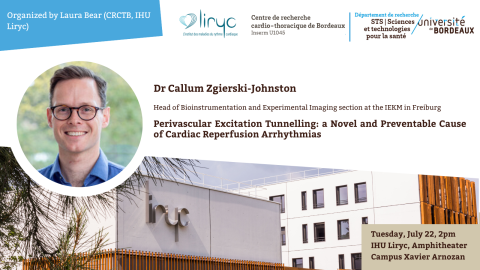Abstract
Reperfusion after myocardial ischaemia can lead to arrhythmias, in part due to heterogeneities in electrophysiology (EP) across affected tissue. We have recently identified a novel mechanism of ischaemia-perfusion arrhythmias, where preferential recovery of electrical excitability occurs along the vessel’s main branch (‘perivascular excitation tunnelling’, PVET). This preferential recovery leads to re-entrant arrhythmias in roughly 50% of cases in both Langendorff-perfused rabbit hearts and Langendorff-perfused pig hearts. A two-step reperfusion strategy where first the distal majority of the previously ischaemic region is reperfused following by the proximal tissue area was developed. With this strategy, any PVET that developed in the distal tissue is blocked by the still inexcitable proximal tissue. Upon reperfusion of the proximal tissue, there is a reduced path length for PVET. As a consequence, the associated excitable gap was too short for re-entrant excitation. We are now testing simultaneous two zone reperfusion with a novel multi-balloon coronary catheter, first in isolated hearts, but subsequently in vivo to identify if this constitutes an improved interventional target.
Contact
- Laura Bear, CRCTB/IHU Liryc - laura.bear@ihu-liryc.fr


